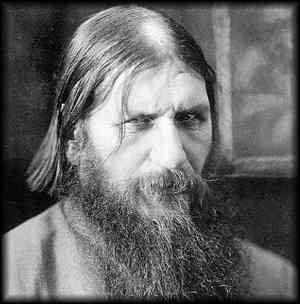European History - Tsarist Russia
- AP Euro
- IB Hist
2.
You may optionally provide this to label your report, leaderboard, or certificate.
Submit
Submit
×
Thank you for your feedback!

















